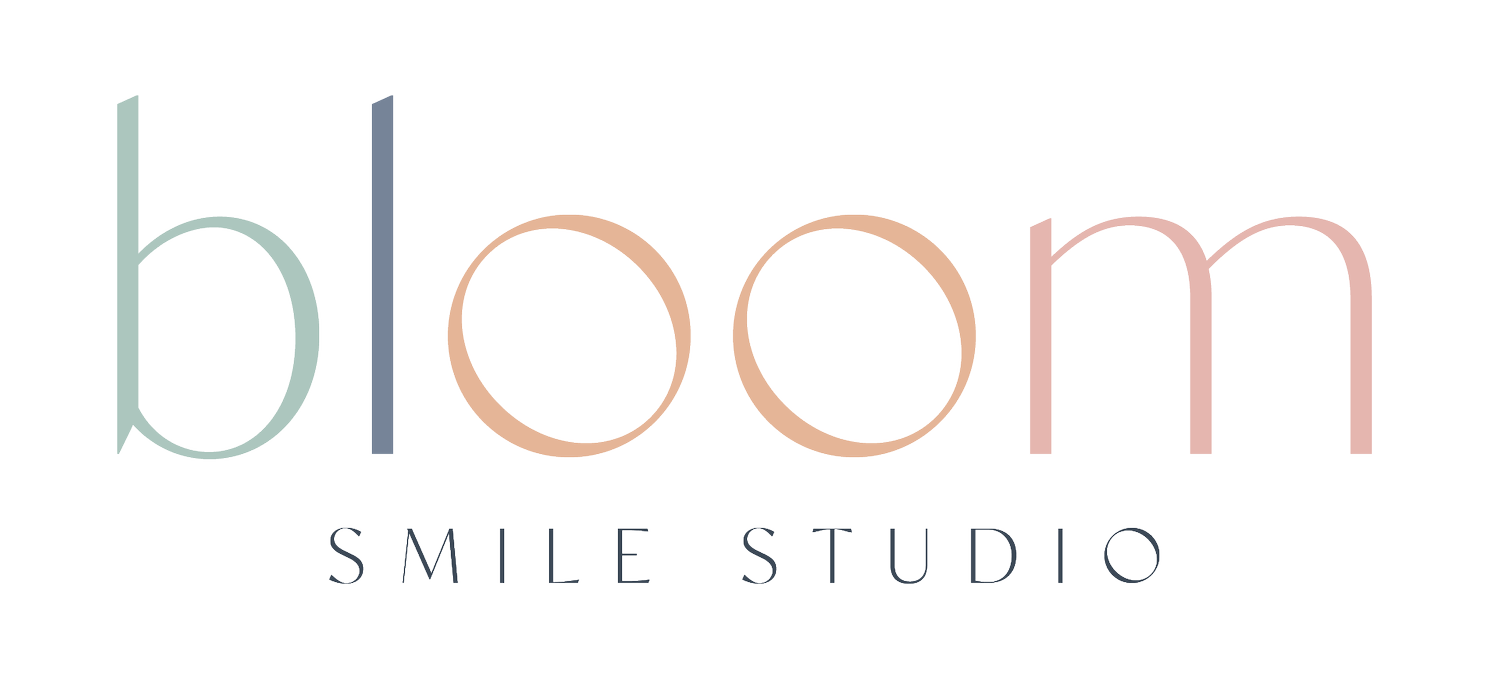Smile Design: Why I do it and What it Means to Your Modern Orthodontic Treatment
My degree tells me that I am an orthodontist. However, in many ways, I consider myself a smile designer. My job is to use what I know about facial esthetics, facial balance, and optimal bites to create a healthy, beautiful smile for you.
I do this because I love it, and being proud of your smile is essential. As a child, I had orthodontic treatment, which not only improved my oral health but also my self-esteem.
History shows that the times we live in today are not the only times when smile design played a role in society. A 2010 article in the Journal of Conservative Dentistry suggests that the importance of a smile in society has been recognized for millennia, as evidenced by the efforts of like Phoenicians and Etruscans to mimic natural teeth in ancient culture.
What is Smile Design?
Smile designing creates an ideal masticatory (chewing) system where teeth, tissues, muscles, skeletal structures, and joints work harmoniously together. It emphasizes the comprehensive approach to patient care, considering the interrelationship among muscles, bones, joints, gingival tissues, and teeth for successful, healthy, and functional results.1
Smile design benefits from digital help these days. However, there are still a lot of things that clinicians evaluate when we design a smile. Achieving an ideal smile may involve a combination of orthodontics and cosmetic dentistry. Sometimes, surgery is required, whether jaw, gum, oral, or plastic surgery.2
In some cases, you might need restorative work to perfect your smile. These replacement teeth are often designed by a lab technician and placed by your regular dentist. However, as orthodontists, we like to consult with the technician and the dentist to ensure that our treatment plans work together to achieve the desired outcome. Therefore, the collaboration between the orthodontist, patient, dentist, and lab technician can be crucial for successful smile design, especially in more complex cases. 3
What Should a Dentist Consider When Designing Your Smile?
When designing a smile, dentists consider both facial and dental features. The facial aspects encompass the soft and hard tissues that play a role in the smile. These include:
Facial Symmetry: Orthodontists assess the symmetry of your face, ensuring that the smile aligns with your overall facial proportions.
Lip Line and Smile Line: The lip line refers to the position and shape of your upper and lower lips when smiling. The smile line reflects the contour of your upper teeth visible when smiling. Orthodontists analyze these lines to determine the optimal position and visibility of the teeth.
Midline: The midline is the imaginary line that divides your face vertically. Orthodontists consider its alignment with the midline of your teeth for an aesthetically pleasing smile.
Facial Profile: Orthodontists evaluate the profile of your face, including the position of your lips, nose, and chin, to ensure that the smile complements your overall facial harmony.4
On the dental side, we consider the following features:
Tooth Shape and Size: Orthodontists consider the shape and size of your teeth to achieve a balanced and proportionate smile. This consideration includes assessing individual teeth' length, width, and contours.
Tooth Color: The color of your teeth is crucial in smile design. Orthodontists consider tooth color, shade variations, and the desired level of whiteness for a natural and esthetically pleasing result.
Tooth Alignment and Spacing: The alignment and spacing of your teeth impact the overall appearance of your smile. Orthodontists evaluate the positioning of each tooth and employ orthodontic treatments to improve alignment and close gaps.
Gum Contour and Display: The gums are vital in framing the teeth. Orthodontists assess the shape and contour of your gums, ensuring they complement the teeth and provide an appealing smile. 5
By considering these facial and dental features, your orthodontist can create a personalized smile design to enhance your overall appearance and oral health.
If you have questions about how smile design works, please do not hesitate to call us at Bloom Smile Studio. We would happily answer any questions or give you a free consultation regarding your smile and what is possible. Plus, we can show you what your designed smile would look like —and you might be surprised what a difference it can make.
To schedule your free consultation today, call Bloom SMILE STUDIO office in GARDEN GROVE at 714-430-8454.
Bloom SMILE STUDIO in GARDEN GROVE has a long history of improving our patient’s smiles. We provide modern orthodontic treatments delivered with old-fashioned excellence in patient experience. Follow us on Facebook and Instagram.
Sources:
[1] Bhuvaneswaran M. Principles of smile design. J Conserv Dent. 2010;13(4):225-232. doi:10.4103/0972-0707.73387
[2,3] Principles of Smile Design Treatment Planning - Oral Health Group (2023). Available at: https://www.oralhealthgroup.com/features/principles-of-smile-design-treatment-planning/ (Accessed: 22 May 2023).
[4,5]. Smile Design Dentistry: What Is It and Should You Get It? - Dentaly.org (2023). Available at: https://www.dentaly.org/us/cosmetic-dentistry/smile-design/ (Accessed: 22 May 2023).

